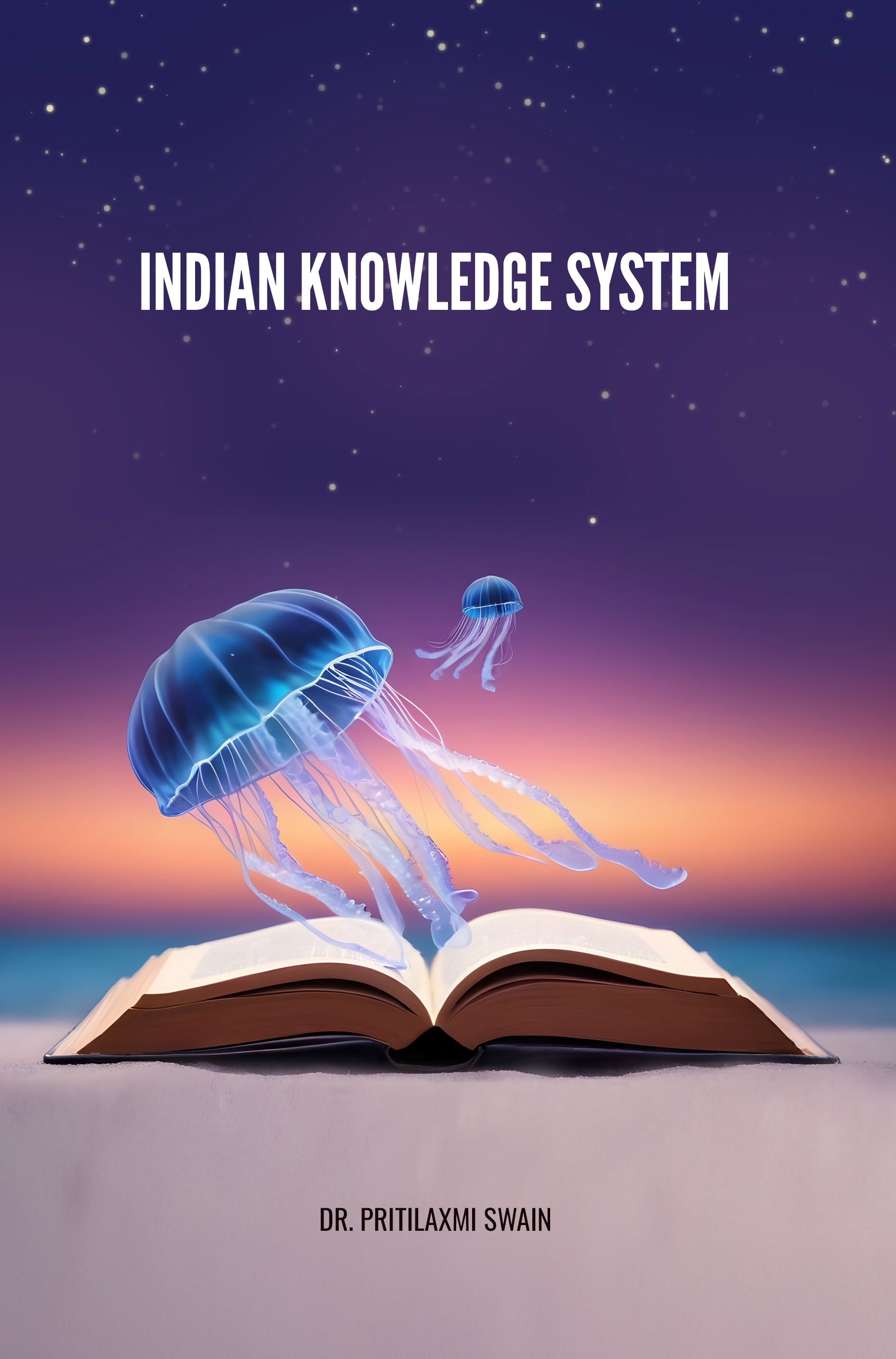SACRED KNOWLEDGE IN RAMAYANA, MAHABHARATA AND GITA
DOI:
#10.25215/9198924087.09Abstract
The Ancient Indian Scriptures clearly enumerate the value system and the human values for inculcation and practice. Three features are prominent in the Gītā: knowledge, social obligation, and devotion. The confluence of these principal features constitutes what is popularly known as yoga. There is no need to consider its role in life, which the Gītā has explained. What is important is its position in philosophy. But there is no reference to its philosophical foundation anywhere in the Gītā. For example, consider ‘devotion’ (bhakti). Devotion is sensible only when ‘Bhakta’ is distinct from Paramatma; not otherwise. The Indian civilization is unique in many ways; its antiquity and its classism have been envious for ages among the other civilizations. Its ancient texts have always been a source of mystery and curiosity for the whole world. There is a great deal of Indian way of life from ancient times that originated from the texts fetched by the sages, thinkers, spiritualists, and philosophers who descended on this land of so-called gods and goddesses, or charismatic sages with unbelievable supernatural powers. Theism and atheism both existed together in this land of marvels and extraordinary gifts of thought, which it has rendered to the world order. Western civilization has always been critical and explorative of the findings of the Indian sages and thinkers. The Rāmāyaṇa and the Mahābhārata portray pictures of ideal men and women and preach through a popular medium the gospel of Dharma (righteousness). The Rāmāyaṇa does this by glorifying domestic relations and family life, which sustains the entire social structure, and the Mahābhārata shows that hatred breeds hatred, that covetousness and violence lead inevitably to ruin, and that the only real conquest is the battle against one’s lower nature. Rama represents an ideal son and king, a perfect man, Lakshamana and Bharata ideal brothers, Sita an ideal wife, a perfect woman, and Hanuman an ideal devotee. The aims of this paper explore Indian sacred knowledge through Rāmāyaṇa, Mahabharat, and the Gītā.Metrics
Metrics Loading ...
Published
2024-04-16
How to Cite
Prof. (Dr.) B. C. Swain, Dr. Shambhu Nath Singh. (2024). SACRED KNOWLEDGE IN RAMAYANA, MAHABHARATA AND GITA. Redshine Archive, 11(5). https://doi.org/10.25215/9198924087.09
Issue
Section
Articles






